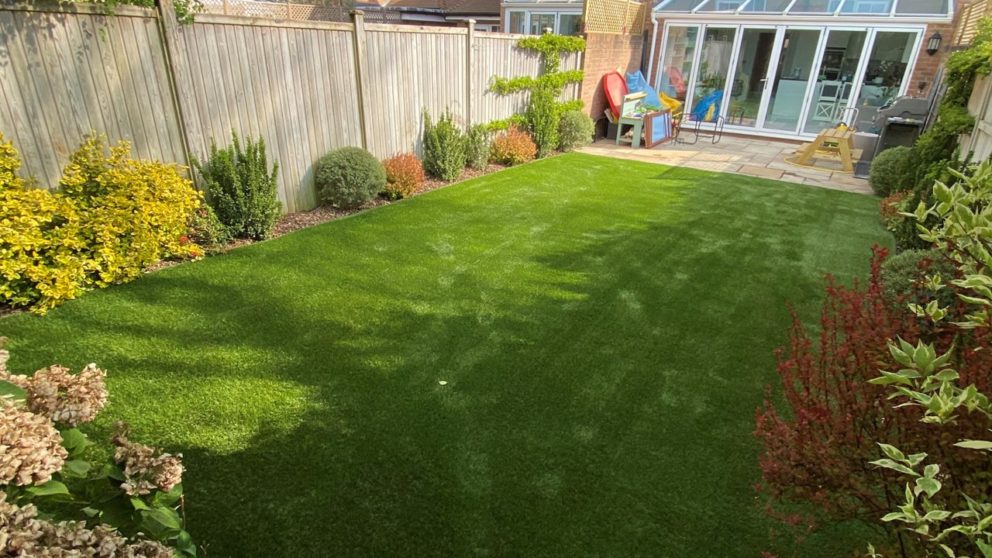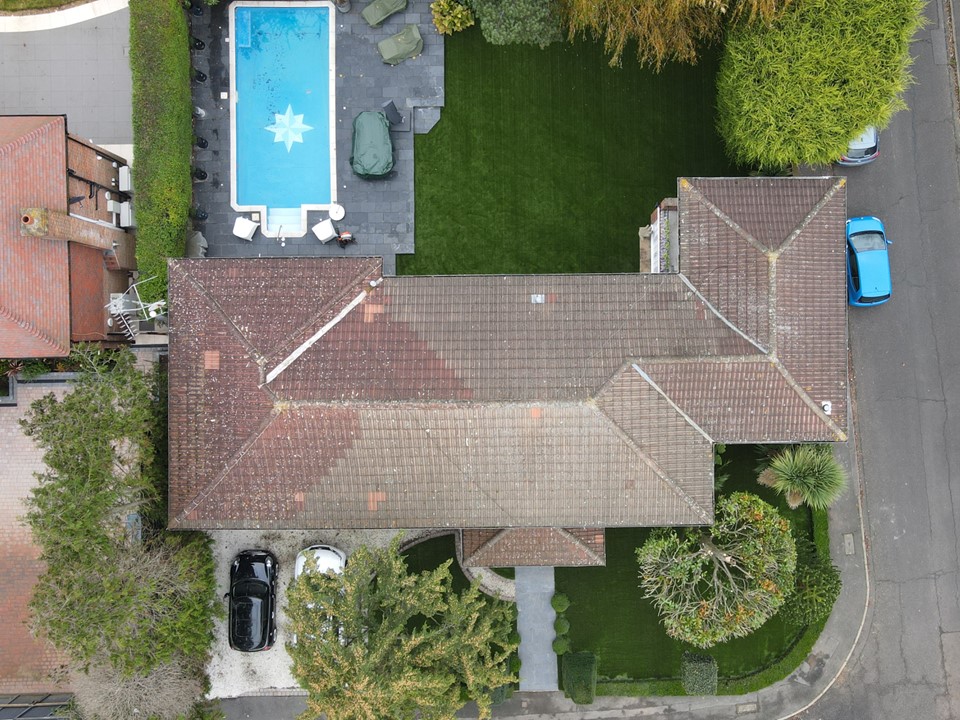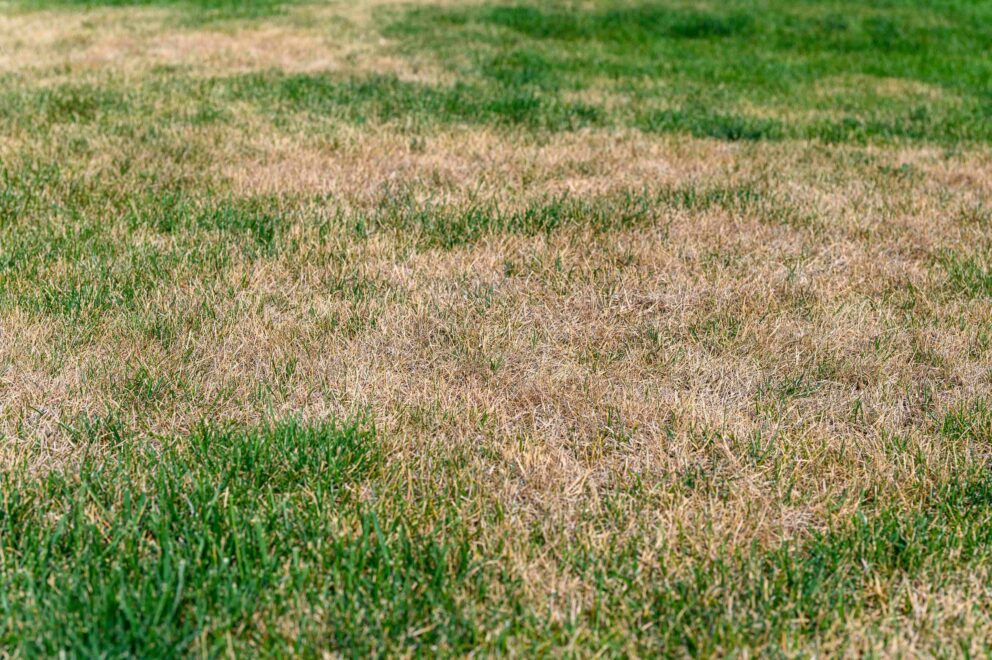Understanding Artificial Grass Infill
What is Infill?
Infill refers to the material that is applied between the blades of artificial grass to provide stability, support, and other desired qualities. It fills the space between the blades and helps to maintain the structure and integrity of the artificial turf. Infill can come in various forms, such as sand, rubber granules, or organic materials.
The Purpose of Infill in Artificial Grass
The primary purpose of infill in artificial grass is to replicate the natural feel and performance of real grass. It helps to create a stable and cushioned surface that mimics the characteristics of natural soil. Infill also plays a crucial role in maintaining the upright position of the grass blades, preventing them from matting or flattening over time.
Types of Infill Materials
Several types of infill materials can be used for artificial grass installations. The choice of infill depends on various factors, including the intended use of the artificial grass, climate conditions, and personal preferences. Here are some commonly used infill materials:
- Kiln-Dried Sand: Kiln-dried sand is a popular choice for artificial grass infill due to its excellent drainage properties and ability to provide stability and support to the turf. It is typically made from high-quality silica sand and has been treated to remove any impurities.
- Silica Sand: Silica sand is another commonly used infill material. It is known for its ability to improve the durability and resilience of artificial grass. Silica sand infill helps to keep the blades upright and prevents them from matting, giving the turf a more natural appearance.
- Rubber Granules: Rubber granules are often used as infill for artificial grass in sports fields and playgrounds. They offer excellent shock absorption and cushioning, making them ideal for areas where safety is a priority. Rubber infill can help reduce the risk of injuries from falls and impacts.
- Organic Infill: For homeowners seeking a more eco-friendly option, organic infill materials such as cork or coconut fibres can be used. These materials are natural, biodegradable, and provide similar cushioning and stability properties as other types of infill.
Benefits of Artificial Grass Infill
Enhanced Durability and Resilience
Artificial grass infill significantly enhances the durability and resilience of the turf. It helps to maintain the integrity of the grass blades, preventing them from becoming matted or flattened over time. With the right type and amount of infill, you can ensure that your artificial grass will withstand heavy foot traffic and retain its aesthetic appeal for years to come.
Improved Performance and Safety
Infill plays a crucial role in improving the performance and safety of artificial grass. It provides cushioning and shock absorption, making the surface more comfortable to walk or play on. Infill materials like rubber granules can help reduce the risk of injuries from falls, making them particularly suitable for sports fields and playgrounds.
Enhanced Aesthetics
Fake grass infill contributes to the natural and realistic appearance of the turf. It helps to keep the blades upright and evenly distributed, giving the grass a lush and natural look. Infill also adds depth and texture to the turf, making it visually appealing and difficult to distinguish from natural grass.
Better Drainage
Proper drainage is essential for maintaining the performance and longevity of artificial grass. Infill materials like kiln-dried sand and silica sand play a crucial role in promoting efficient water drainage. They prevent the accumulation of water on the surface, reducing the risk of waterlogging and ensuring that the turf remains usable even after heavy rainfall.
Factors to Consider When Choosing Infill for Artificial Grass
When selecting infill for your synthetic grass, it’s important to consider various factors that can impact the performance and aesthetics of the turf. Here are some key factors to keep in mind:
Climate and Weather Conditions
The climate and weather conditions in your area can influence the choice of infill material. For instance, if you live in an area with high temperatures or intense sunlight, you may need an infill material that can withstand heat and UV exposure without compromising its performance.
Intended Use of the Artificial Grass
The intended use of the artificial lawn should also guide your choice of infill material. If you plan to use the turf for sports activities or high-impact play, rubber granules or other shock-absorbing infill materials may be more suitable. On the other hand, if the grass is primarily for decorative purposes, sand-based infill may be sufficient.
Personal Preferences
Personal preferences, such as the desired feel and appearance of the artificial grass, should also be considered when selecting infill. Some homeowners prefer a softer and more cushioned surface, while others prioritize a more natural and firm feel. It’s important to choose an infill material that aligns with your preferences and desired outcome.
How to Install Artificial Grass Infill
Proper installation of artificial grass infill is essential to ensure optimal performance and longevity. Here is a step-by-step guide on how to install infill for artificial grass:
Preparing the Base
Before applying turf infill, make sure that the base of the artificial grass is properly prepared. The base should be smooth, compacted, and free from any debris or vegetation. It’s important to ensure proper drainage by creating a slight slope away from any structures.
Spreading the Infill Material
Once the base is prepared, evenly distribute the infill material over the artificial grass. Use a spreader or a shovel to ensure even coverage. It’s recommended to apply the infill material in multiple layers and brush it into the turf using a power broom or a stiff brush.
Brushing and Settling the Infill
After spreading the infill material, brush the artificial grass to evenly distribute the infill and help it settle into the turf. This step helps to ensure that the infill reaches the base of the grass blades, providing stability and support. Repeat the brushing process multiple times to achieve the desired result.
Artificial Grass Infill FAQs
Is infill necessary for all types of artificial grass?
Yes, infill is generally necessary for all types of artificial grass installations. It provides stability, support, and other desired qualities that enhance the performance and longevity of the turf.
How much infill do I need?
The amount of infill required depends on various factors, such as the type of infill material, the intended use of the artificial grass, and personal preferences. It’s important to consult with a professional installer or supplier to determine the appropriate amount of infill for your specific needs.
Can I use different types of infill materials?
In some cases, it is possible to mix different types of infill materials to achieve specific performance characteristics. However, it’s important to consult with a professional to ensure compatibility and optimal performance.
Can I install artificial grass without infill?
While it is technically possible to install artificial grass without infill, it is not recommended. Infill provides essential support, stability, and other desired qualities that enhance the performance and longevity of the turf.
How long does infill last?
The lifespan of infill depends on various factors, such as the type of infill material, climate conditions, and maintenance practices. On average, infill can last for several years before requiring replacement or top-up.
Artificial grass infill plays a crucial role in enhancing the performance, durability, and aesthetics of synthetic turf in garden installations. It provides stability, support, and other desired qualities that replicate the natural look and feel of real grass.
By understanding the benefits of infill and choosing the right material, you can ensure that your artificial grass remains lush, resilient, and visually appealing for years to come.




